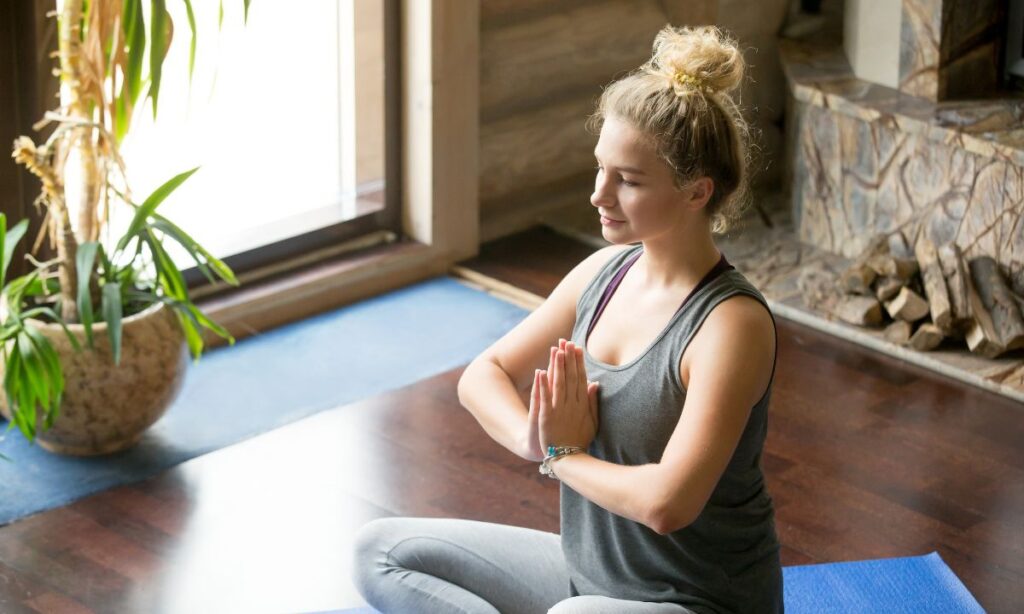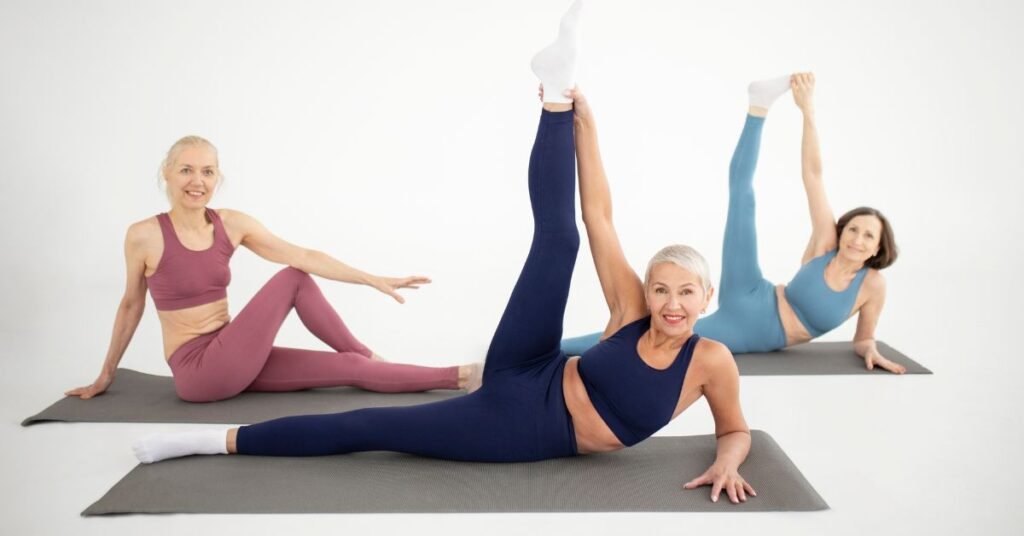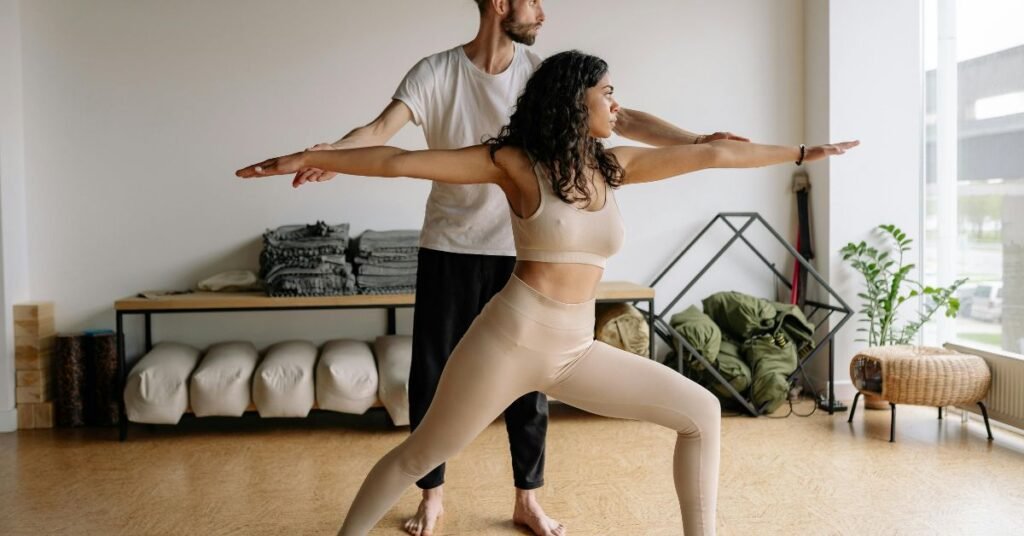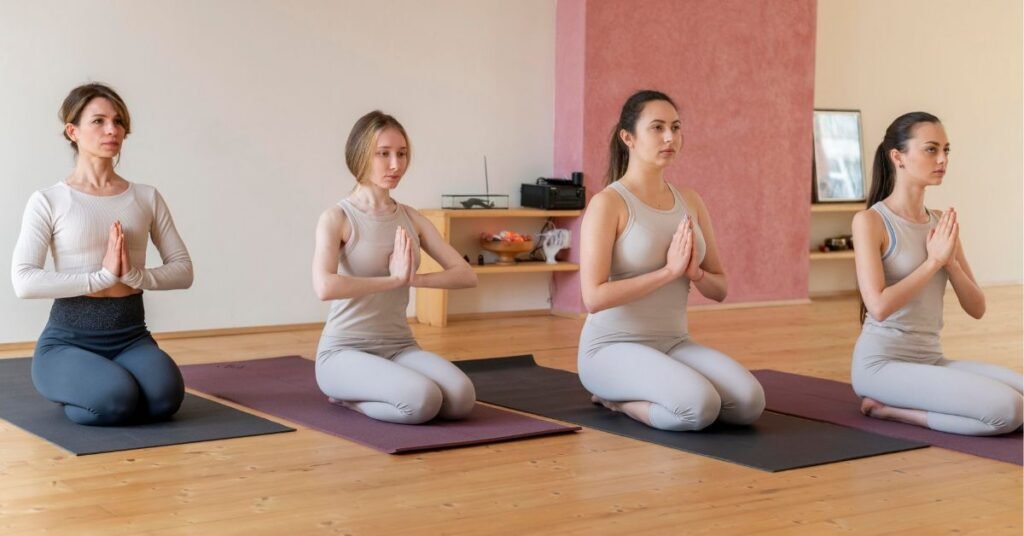Introduction
Vertigo can feel like the world is spinning around you, making even simple tasks difficult. If you’ve ever experienced dizziness, loss of balance, or a sense of movement when standing still, you know how frustrating and even scary it can be. While there are many causes of vertigo, yoga is a gentle, effective way to manage symptoms and regain stability.
In this blog post, we’ll explore what causes vertigo, how yoga helps relieve dizziness, the best yoga poses to try, and which poses to avoid if you have vertigo. By the end of this guide, you’ll have practical exercises to incorporate into your routine for better balance and relief from vertigo symptoms.
Causes of Vertigo
Vertigo isn’t a disease itself but a symptom of various underlying conditions. Some of the most common causes include:
- Benign Paroxysmal Positional Vertigo (BPPV): This occurs when tiny calcium particles in the inner ear become dislodged, leading to dizziness when changing head positions.
- Inner Ear Infections (Labyrinthitis or Vestibular Neuritis): Infections can cause inflammation in the inner ear, disrupting balance.
- Meniere’s Disease: A disorder affecting inner ear fluid levels, leading to vertigo, tinnitus, and hearing loss.
- Migraine-Associated Vertigo: People who suffer from migraines may also experience dizziness or balance issues.
- Low Blood Pressure: Sudden drops in blood pressure, often caused by dehydration or standing up too quickly, can lead to lightheadedness.
- Neck and Spine Issues: Tension, misalignment, or injuries in the cervical spine can impact balance and cause dizziness.
- Anxiety and Stress: High-stress levels can affect the nervous system, sometimes triggering vertigo-like symptoms.
Understanding what’s causing your vertigo is essential, as it helps in choosing the right yoga practices and avoiding poses that could worsen your symptoms.
How Does Yoga Help with Vertigo?
Yoga is a mind-body practice that helps with vertigo by:
1. Improving Balance and Stability
- Yoga strengthens the core, legs, and back, improving overall stability and reducing the risk of falls.
2. Enhancing Blood Circulation
- Certain poses and breathing techniques help regulate blood pressure and improve blood flow to the brain, reducing dizziness.
3. Relaxing the Nervous System
- Stress and anxiety can trigger vertigo symptoms. Yoga encourages relaxation through deep breathing and meditation.
4. Realigning the Spine and Neck
- Gentle stretches and postures help relieve tension in the cervical spine, which can be a source of vertigo.
5. Training the Vestibular System
- Some yoga poses gently challenge balance, helping the inner ear and brain adapt to changes in movement and head positioning.
Practicing yoga consistently, you can experience gradual improvements in balance and reduced dizziness over time.
Readmore: Yoga for Depression
Readmore: How I Cured My Anxiety with Yoga
Best Yoga Poses for Vertigo Relief
If you have vertigo, start with gentle movements and avoid quick transitions between poses. Here are some yoga poses that can help:
1. Tadasana (Mountain Pose)
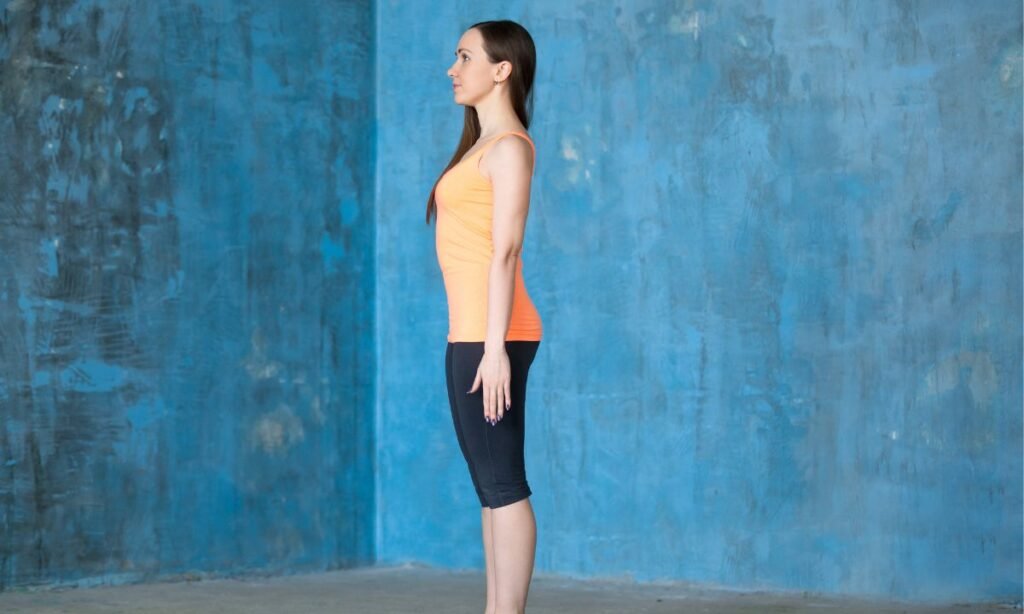
- Stand tall with feet hip-width apart.
- Keep your arms relaxed at your sides.
- Breathe deeply and focus on a fixed point to improve balance.
2. Vrksasana (Tree Pose)
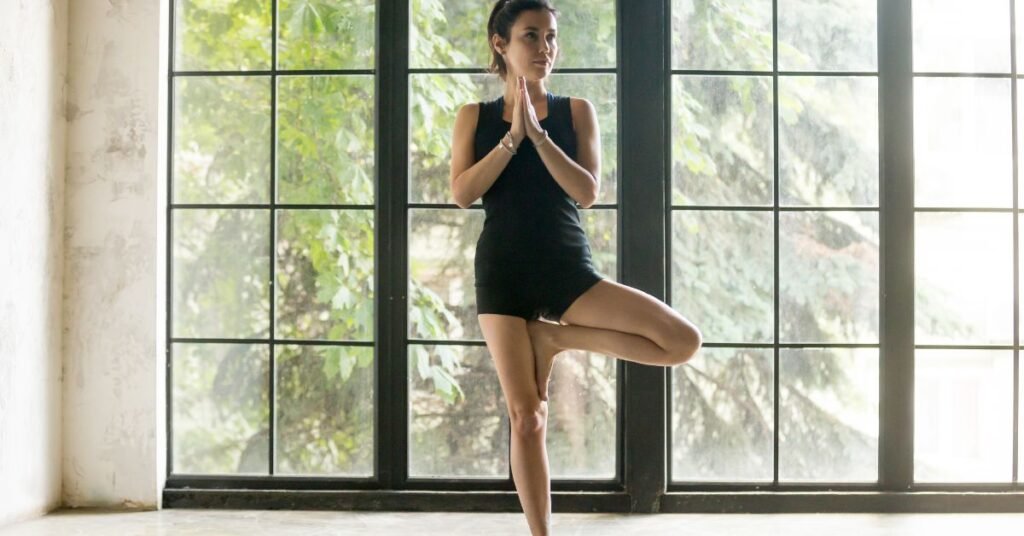
- Stand on one leg and place the other foot on your calf or thigh.
- Keep your gaze steady and engage your core.
- This pose helps strengthen your legs and improve balance.
3. Balasana (Child’s Pose)
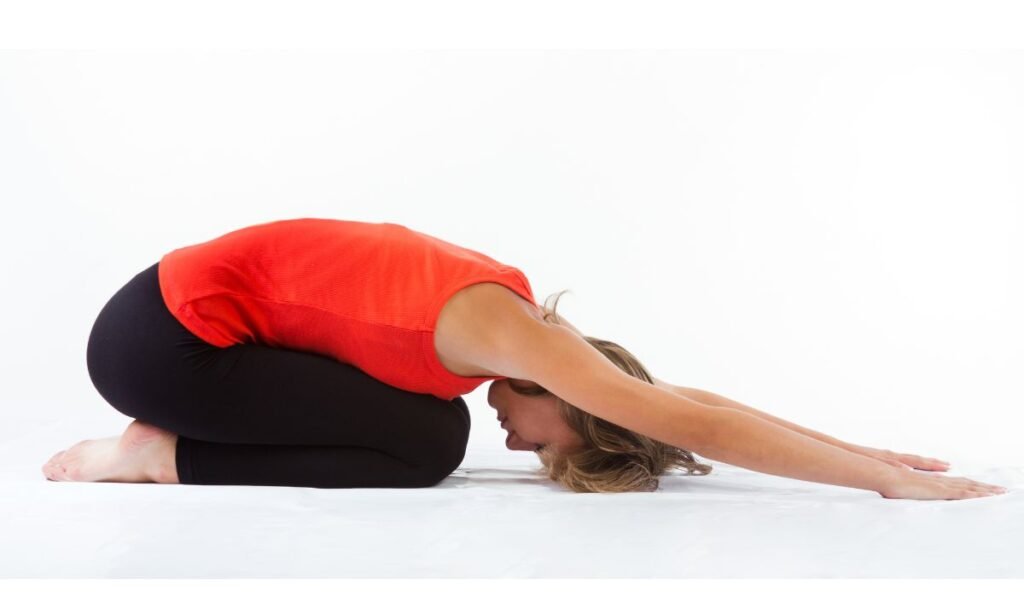
- Kneel and sit back on your heels, stretching your arms forward.
- Rest your forehead on the mat and focus on slow, deep breathing.
- This pose calms the nervous system and eases tension.
4. Supta Baddha Konasana (Reclining Bound Angle Pose)

- Lie on your back with knees bent and feet together, allowing the knees to open outward.
- Place your hands on your belly and take deep breaths.
- This pose relaxes the body and helps with circulation.
5. Viparita Karani (Legs-Up-the-Wall Pose)
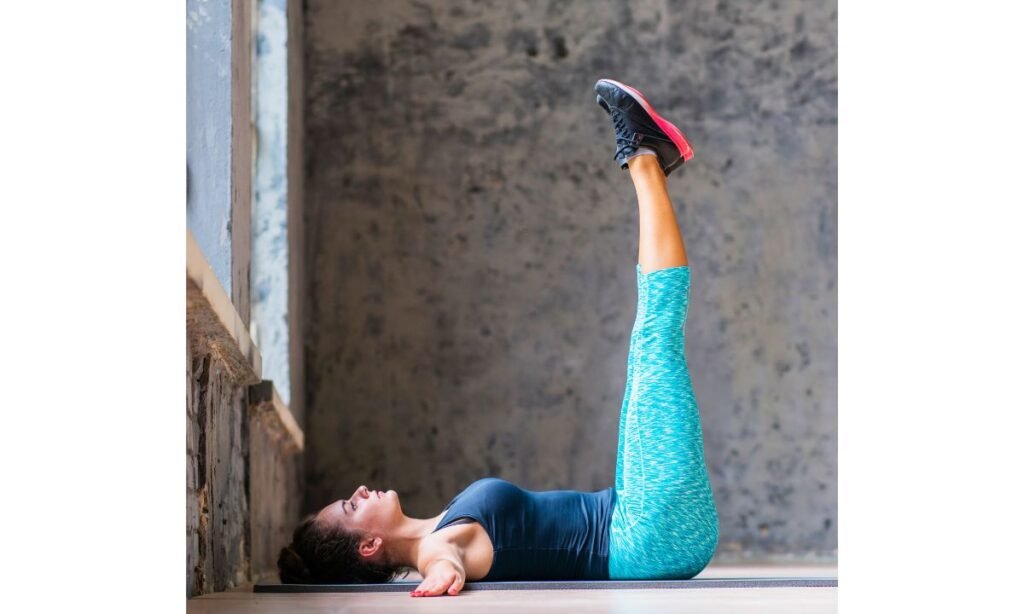
- Sit sideways against a wall and swing your legs up while lying down.
- Keep your arms relaxed at your sides.
- This pose improves blood circulation to the brain and reduces dizziness.
6. Pranayama (Breathing Exercises)
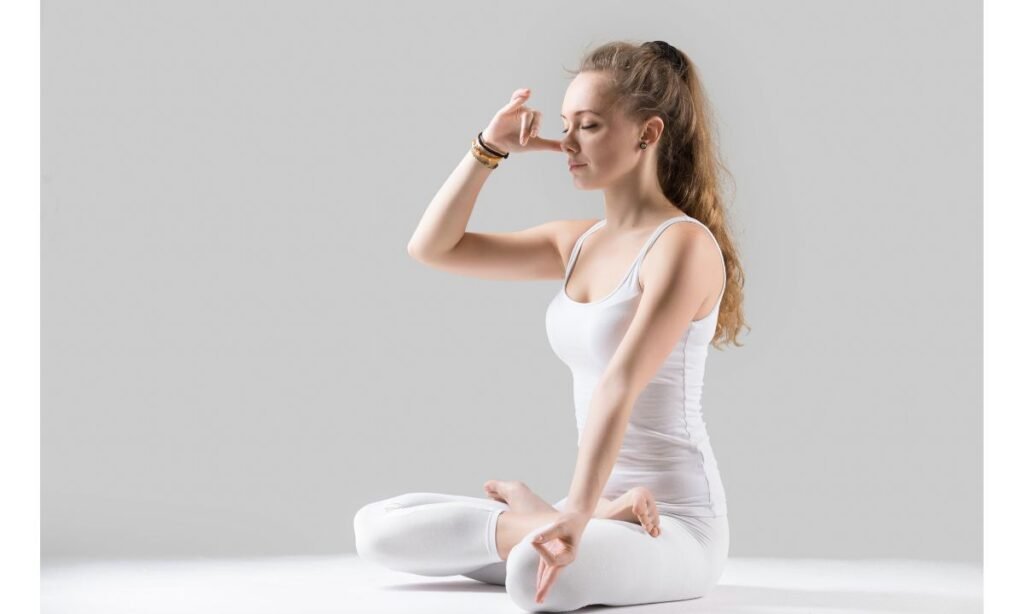
- Anulom Vilom (Alternate Nostril Breathing): Helps balance the nervous system and calm the mind.
- Deep Belly Breathing: Encourages relaxation and steadies blood pressure.
- Bhramari (Bee Breath): Reduces stress and soothes the brain.
Readmore: Yoga for Stress Relief
Readmore: 5 Yoga Practices to Support Trauma Recovery
Yoga Poses to Avoid for Vertigo
While yoga can help with vertigo, some poses may worsen dizziness. Avoid:
1. Fast or Sudden Movements
- Rapid transitions between poses can trigger vertigo.
2. Inversions (Poses Where the Head Is Lower than the Heart)
- Downward Dog (Adho Mukha Svanasana)
- Headstands (Sirsasana)
- Shoulder Stands (Sarvangasana)
- These can disrupt inner ear function and blood pressure, worsening dizziness.
3. Extreme Backbends
- Camel Pose (Ustrasana) and Wheel Pose (Urdhva Dhanurasana) can strain the neck and cause discomfort.
4. Rapid Twisting Movements
- Twists that involve quick neck movements may trigger dizziness.
Additional Tips for Practicing Yoga with Vertigo
- Move Slowly: Avoid rushing into poses. Take your time transitioning between positions.
- Keep Your Eyes Open: Closing your eyes may make balance harder. Focus on a fixed point to maintain stability.
- Practice Near a Wall: If you feel unsteady, practice near a wall or chair for support.
- Hydrate Well: Dehydration can worsen vertigo symptoms, so drink plenty of water.
- Listen to Your Body: If a pose feels uncomfortable or makes you dizzy, stop immediately.
Readmore: How Yoga Boosts Immunity
Readmore: Seated Forward Bend Pose (Paschimottanasana)
Conclusion
Yoga can be a powerful tool for managing vertigo and improving balance. By choosing the right poses and avoiding those that may trigger dizziness, you can enjoy the benefits of yoga while keeping symptoms under control. Whether it’s gentle breathing exercises or grounding postures, incorporating yoga into your routine can bring relief and enhance overall well-being.
If vertigo symptoms persist, consult a healthcare professional to rule out any underlying medical conditions. In the meantime, roll out your yoga mat, move mindfully, and step toward feeling steady and centered again!

Sonu is a passionate yoga teacher with over 6+ years of experience helping individuals find balance, strength, and inner peace through the transformative power of yoga. As the creator of Pure Yoga Vibes, Sonu shares expert insights, inspiring practices, and a wealth of knowledge to support your wellness journey. Dedicated to creating a space for growth and mindfulness, Sonu’s mission is to make yoga accessible and enjoyable for everyone. For inquiries or collaborations, feel free to reach out at contact@pureyogavibes.com.
